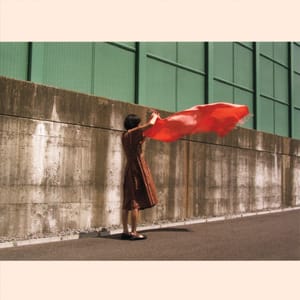Reiko & Tori Kudo Deep Sea Fish (2013)
Biomimicry or biomimetics is an approach applied in industrial design and architecture, among other fields, based on mimicking strategies found in nature. Although the concept was only coined in the previous century, the method dates way back. Renaissance genius Leonardo da Vinci, for example, looked to nature for inspiration for many of his inventions. However, many blueprints that already exist in nature and would have come in handy for humankind were only discovered in retrospect. The human species, for example, invented the fishing rod about 4000 years ago. At that time the deeper parts of the ocean remained unexplored, for obvious reasons. Yet, its exploration would have been helpful for the invention of the fishing rod. Explorers would have come across the anglerfish, a carnivorous species, much earlier. They would have seen that the fish is perfectly adapted for hunting prey, carrying a tool on its nose, so to speak, to attract other fish: The first spine of the dorsal fin sticks out just above the fish's eyes and ends up in the so-called esca, an irregular lump which acts as some sort of fishing rod. In some cases the esca even features a form of bait: adult females of some families of the anglerfish have a luminescent part that helps lure prey. As anglerfish live below the sunlit surface waters and deep in the darkness, this is a huge advantage when it comes to hunting, as you can imagine. The fish living in the dark parts of the ocean are known as deep sea fish. Reiko & Tori Kudo, a Japanese duo that has produced a variety of lo-fi indie and folk records over the years, named a song after this kind of fish. It’s the opener of their wonderful 2013 album Tangerine—and it’s a song that is just as enigmatic as how the idea of the deep sea must have felt to folks 4000 years ago.

Start the conversation
Become a paid member of The Rest to gain access to the comments section.